How the knights of the Middle Ages relieved themselves
Categories: History
By Pictolic https://pictolic.com/article/how-the-knights-of-the-middle-ages-relieved-themselves.htmlThe question of how medieval knights went to the toilet probably arose in everyone who read chivalric novels. It was obvious that it was not easy to take off the steel armor, and it was even more difficult to put on them. Did they really have to relieve themselves right in the armor?
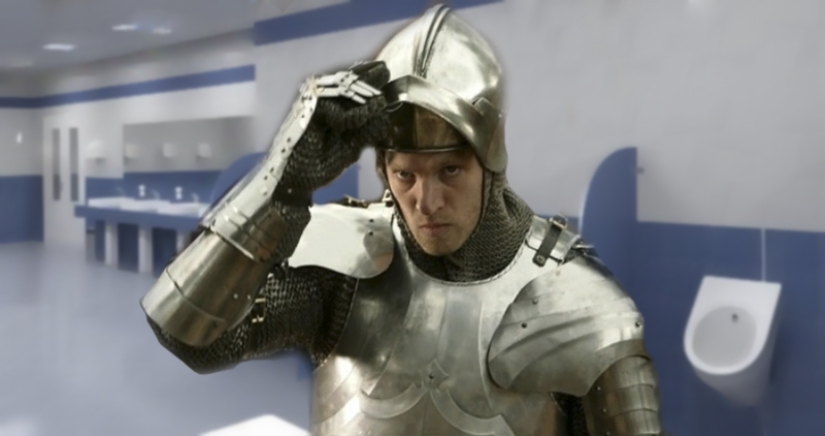
It is possible that during a protracted bloody battle, sometimes the knights had to walk under themselves without leaving the saddle. But in general, several clever tricks were provided to satisfy the natural need. Even if the need was burning rapidly, the noble warrior did not need to take off 20-30 kg of metal with lightning speed.
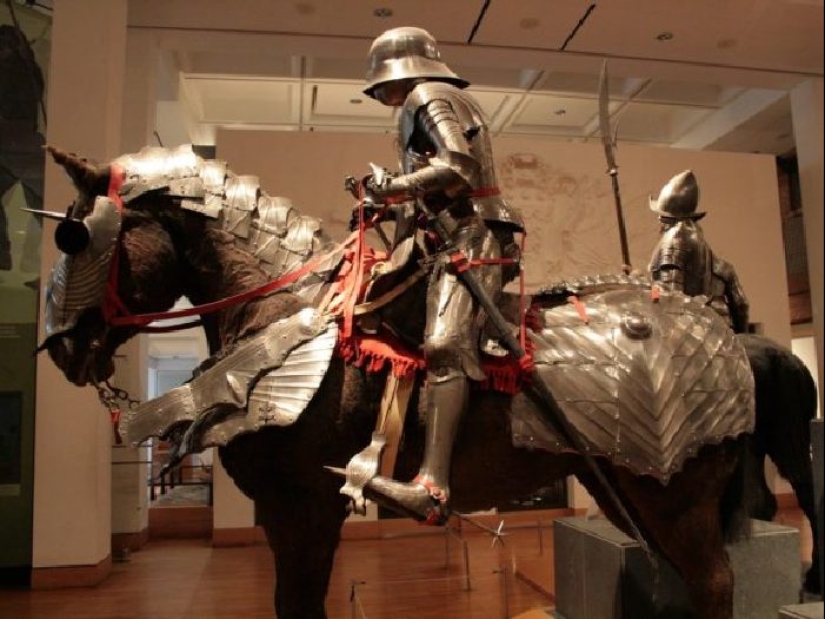
A knight in armor could only move on horseback. It was this animal that played a crucial role in coping with the need. All parts of the knight's body, where an enemy spear, sword or axe could strike, were reliably protected. Except for the ass, which was covered from the blows of the saddle.
It is worth clarifying that pants were not worn at that time. Under the armor, the warrior was dressed in underwear, with a codpiece on the strings, and stockings. The codpiece was often covered with a convex steel plate. She not only protected the vulnerable place from defeat, but also demonstrated the male power of the knight. They made it folding, on leather straps.
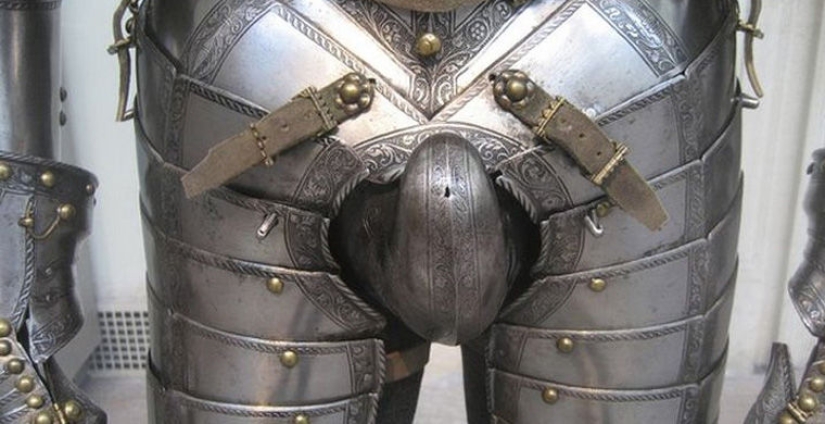
There were simpler options. The English king Henry VIII had a special armor. In them, in all places necessary for coping with the need, metal was replaced with fabric. Ahead, in the codpiece area, only a narrow strip remained unprotected between the plates. The rear, closed in battle with a saddle, was completely made of fabric.
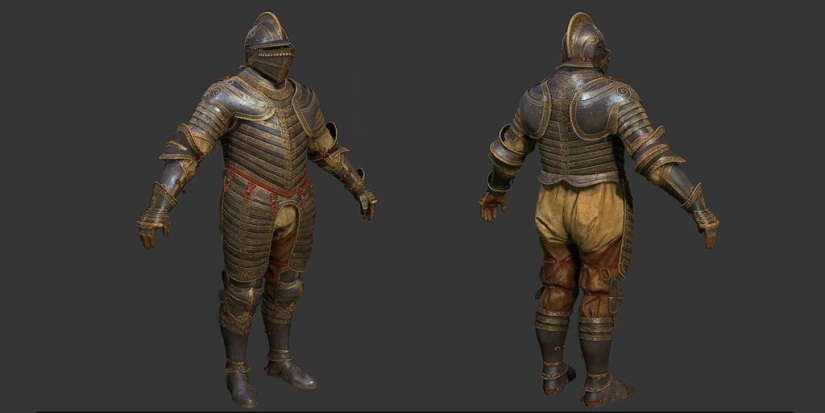
It was even easier for the French monarch Henry II to go to the toilet. The top of his body was encased in metal, and below, up to his shins, there was cloth. Of course, the fabric was not simple, but royal — silk and expensive velvet. The protection started again on the knees and covered everything below, right up to the feet.
This armor design was convenient, but very dangerous. The chance of getting wounded in the femoral artery in battle was very high. However, this king did not die because of an arrow that hit his thigh. He didn't even fall on the battlefield. Henry II was accidentally killed at a jousting tournament by his courtier , Count de Montgomery.
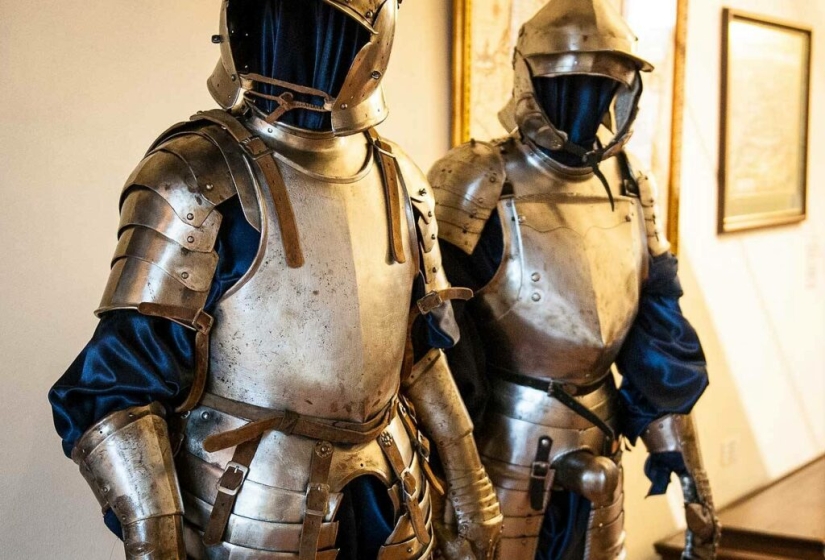
During a horse skirmish, the count's wooden spear, devoid of a tip, broke on the king's helmet. A long and sharp splinter from the shaft hit exactly into the slot of the helmet, pierced Henry II in the eye and then entered the brain. The king survived, but in the 16th century they did not know how to treat such dangerous wounds and after 10 days he died. Even the best physician in Europe and the father of modern anatomy, Vesalius, could not help the sovereign. So it was not the open bottom that ruined the king, but the armored top, which turned out to be vulnerable.
There was another armor design that made toilet matters easier. The masters made a skirt of metal plates covering the groin area in front. To relieve himself, it was enough for the knight to push them apart in front or behind. Maybe it wasn't too convenient, but it was tolerable. The ladies of the 17th and 19th centuries, who wore magnificent crinolines, had about the same problems.
Recent articles

The first crinolines appeared in England in the 1820s and reigned in women's fashion until the end of the 1850s. Although the word ...

All the boys, and perhaps some of the girls, loved to climb on different equipment as a child. Well, to get into the cockpit of an ...

Although it seems that there are almost no blank spots left on the world map, scientists continue to discover previously unknown ...